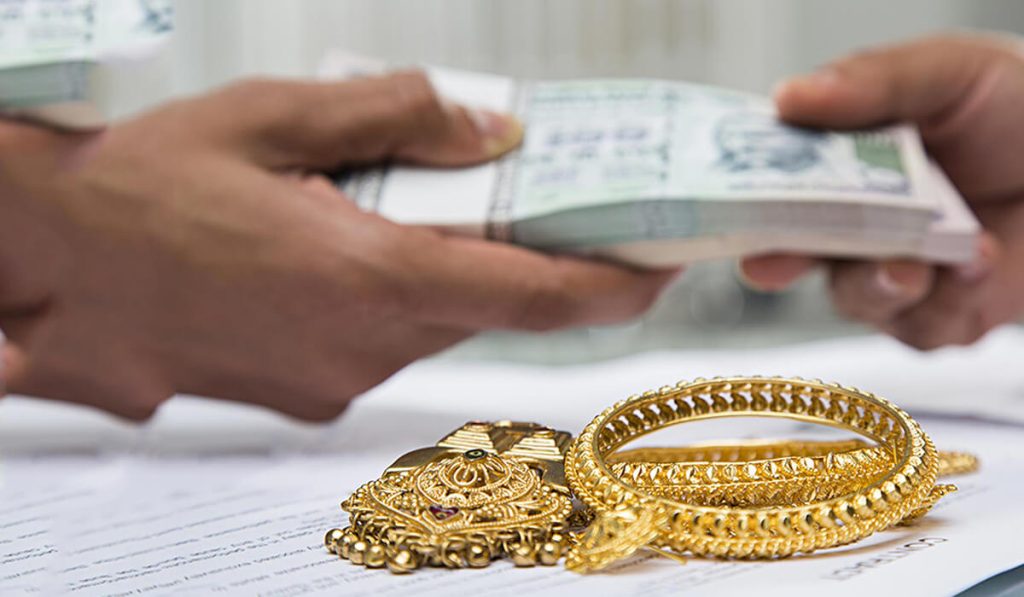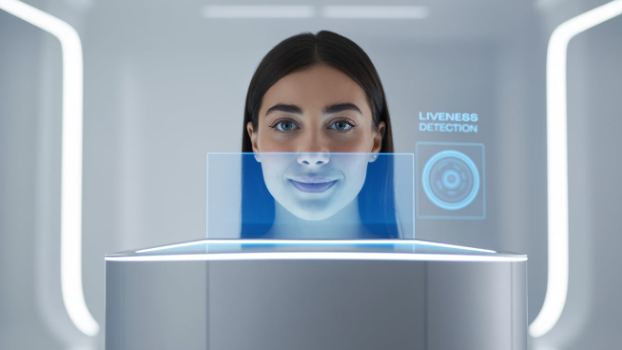Table of Contents
Understanding the Problem of Liveness Detection.
Biometric authentication has become one of the foundations of contemporary security as the digital interactions displace face-to-face processes. With or without unlocking the smart phones, checking in on the financial transactions and even on accessing sensitive systems, biometrics has become a very part and parcel of life today. Nevertheless, with an increase in their popularity, the capacity of cybercriminals to get around them increases, making them more sophisticated. Liveness detection has turns out to be a crucial protection mechanism, which makes sure that the information provided by a real, physically present human, and not by a fake one or a manipulated object. It makes it extremely difficult to manipulate identity verification systems with the help of photos, videos, deepfakes, or masks to mislead attackers, even with the latest technology, improving the confidence of the online ecosystem.
What Is Liveness Detection?
Liveness detection is a security control which is used to verify that the individual communicating with a biometric system is physically present during the point of verification. Liveness detection does not just compare a face or even a fingerprint with the available data but considers minute details and gestures that are only possible with a real person. The system examines movements, depth, texture, light, and biological reactions in order to differentiate between legitimate activity and spoofing. The fraud can decrease by the liveness checks, ensure compliance with regulations, promote user safety, and provide greater user experience without introducing friction to the process of biometric authentication.
The Significance of Liveness Detection in the Modern Digital World.
Identity fraud has never been more harmful because it is increasing digital onboarding of users, remote authentication, and the availability of online financial services. Cyberspace attackers are progressively depending on sophisticated techniques like deepfakes, 3D masks, and replays videos as a means of masquerading as legitimate users. The conventional biometric systems can no longer be satisfactory to thwart such advanced spoofing attacks. Liveness checking provides an additional security point, where a clone, duplicate or fake content cannot access information unauthorized. The protection is particularly vital in banking, fintech, e-commerce, telecommunications, and government services, where any identity checks should be impeccable.
Active vs. Passive Liveness Detection.
There are two main types of liveness detection namely passive and active. Passive liveness detection enables it to work quietly in the background and it will analyze natural movements, texture and depth patterns without any actions being taken by the user. It is frictionless, which makes it beneficial to the user experience and provides high protection. Active liveness detection on the other hand is user interactive. The system can make a user blink, smile, turn his or her head, or even follow the instructions on a screen. This is a very dependable method which is a bit less convenient. With the development of the technology, passive liveness detection has gained popularity due to its compromise between security and ease of use.
The inner Workings of Liveness Detection.
Essentially, a liveness detection service involves the application of a mixture of deep learning, computer vision, and artificial intelligence. These technologies explore factors which are highly impossible to spoof using the spoofing materials. As an illustration, the system verifies the presence of micro-expressions which can only exist in the actual face and they are not present in images or masks. It examines shadows, skin texture and depth of face in 3D to conclude whether the picture has actual physical characteristics. In other instances, infrared sensors and near-field detection technologies measure the heat patterns or blood circulation. Such sophisticated assessments enable the liveness systems to identify an attack despite a highly believable deepfake technology.
Deepfake and Replay Attack Detection Prevention.
Liveness detection is far beyond motion checks in the modern world. With the growing usage of AI-generated deepfakes by cybercriminals, liveness systems have built deepfake detection into the system to detect unnatural facial movements, digital artifacts, and frame discrepancies. Replay attack detection makes sure that there is no possibility of using videos, screens, or recordings to bypass verification systems. Liveness detection can offer strong protection against the fast-changing biometric fraud by being aware of the indicators of digital manipulation. It is therefore an important device to any organization that relies on remote or automated identity verification.
Liveness Detection Uses in Industries.
The identification of Liveness has become essential in many industries. It is uss in finance and banking to secure digital onboarding operations and detract synthetic identity fraud. It authenticates passengers to the border control as well as airport security in transportation and travel. It is the basis of e-commerce platforms to authenticate transactions of great value, and mobile applications to recover accounts and provide secure access. Liveness detection is implemented in government institutions in the programs of national ID to identify real people, voter checkup and welfare allocation as a way of ensuring that only real people benefit. The role played by digital transformation in identity ecosystems is ever-increasing as it accelerates in pace.
Liveness Detection to improve User Trust.
An online interaction is based on trust. In case the users assures that their data is secure by a powerful security system, they become more open to using online services. Liveness detection assists in doing this by making sure that users with valid claims are only able to access accounts or services. Simultaneously, the modern liveness solutions are also focused on specs and convenience as one can verify their identity in a couple of seconds. Such combination of security and ease of use assists businesses to retain consumer trust even though they can comply with mandatory regulations like those of KYC and AML.
The Liveness Detection Technology Future.
With the fraudsters constantly improving, active liveness detection should also improve. In the future, more advanced passive detection techniques that are base on more advanced AI models will be developed. These systems will scan the behavioral biometrics like gaze patterns, reaction times, and micro-movements. Advances in sensor technology will allow achieving greater precision in various lighting conditions and environments. Finally, the future of liveness detection is in the synthesis of multimodal biometrics, deep learning, and real-time detection to make an almost impenetrable barrier against identity fraud.
Final Thoughts
Liveness detection is now among the most significant technological foundations of identity verification in the present day. It prevents fraud and impersonation by identifying human presence and the distinction between real and digital or physical spoofs in order to safeguard users, businesses, and governments. With the increasing number of deepfakes and advanced spoofing attacks, liveness detection is a very important defense, which has kept digital interaction trustworthy, secure, and reliable.











